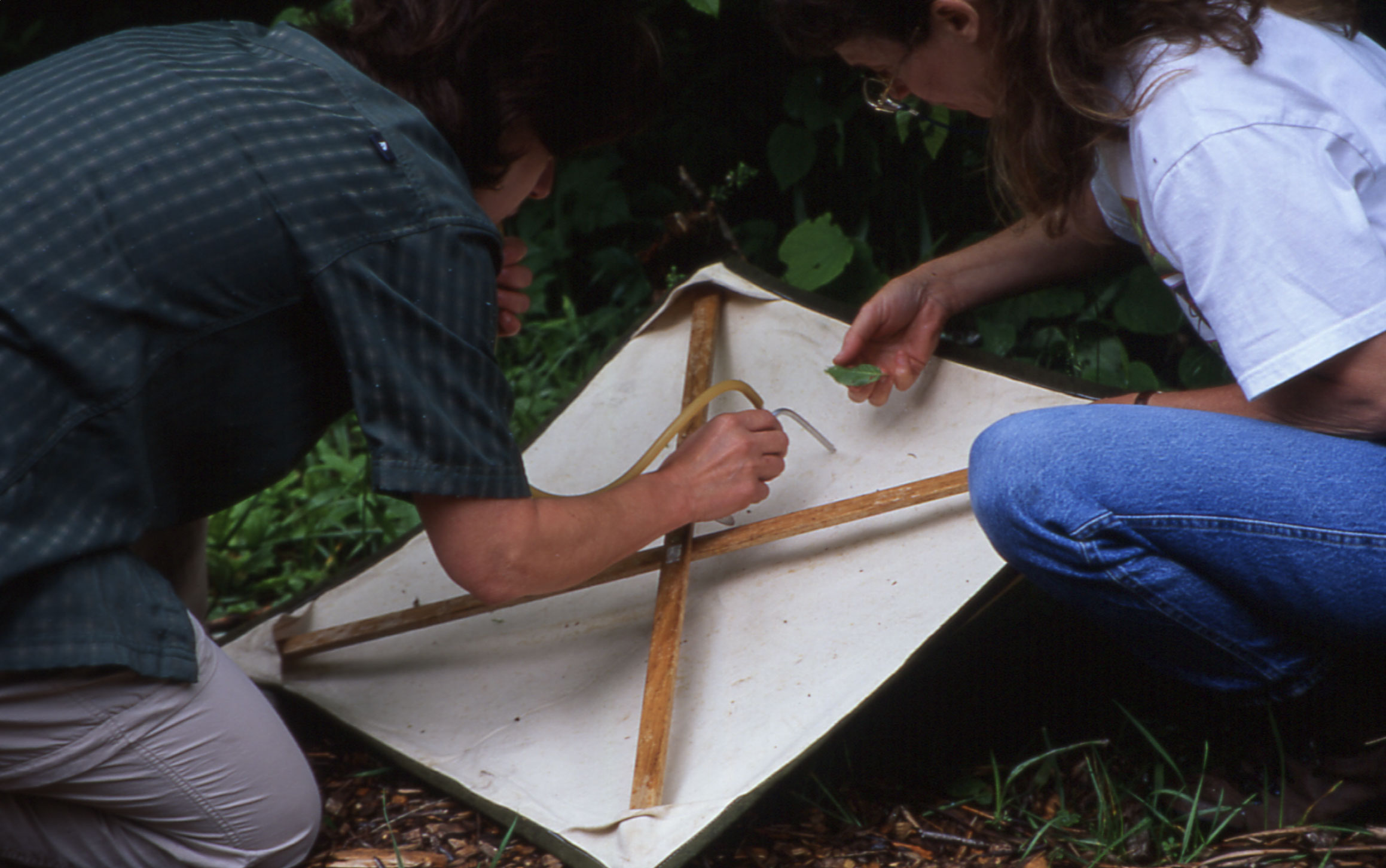
Many people know Great Smoky Mountains National Park for its abundance of black bears, cascading waterfalls, and rich cultural heritage, and for being the most-visited national park in the country. What many people don’t know is that it’s also one of the most biologically diverse places in the Northern Hemisphere.
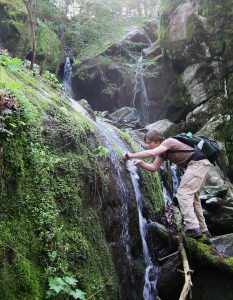
Since the park’s formation, the Smokies have faced many environmental threats, including climate change, invasive species, poor air quality, and acid rain. In the 1990s, these challenges became increasingly evident to then park supervisory biologist Keith Langdon and other National Park Service resource managers. They posed a pivotal question: How can we effectively manage public lands if we don’t even know what resources they contain?
That question sparked an ambitious effort to document every species in the Smokies. Even though life in the park had been studied for 60 years at that point, only an estimated 10 percent of species living there had been documented. Scientific inquiry had focused mostly on species that were already well known, like mammals, birds, and vascular plants, while fungi, microbes, and invertebrates like insects and freshwater mussels remained largely a mystery.
At that time, threats to biological diversity were a hot topic in the Smokies and beyond. The first Convention on Biological Diversity was held in Rio de Janeiro, Brazil, in May of 1992. It marked a historic moment in conservation, with 150 global leaders signing an agreement to acknowledge biodiversity loss as an international crisis with a need for immediate action. Unaddressed, it would have devastating effects on the environment, human health, and the economy.
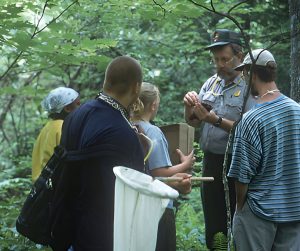
The convention highlighted a significant barrier in biodiversity conservation—a shortage of infrastructure and resources enabling scientists to identify species and understand their connections within ecosystems. One of the solutions? Organizing and conducting All Taxa Biodiversity Inventories (ATBIs) that would provide opportunities for scientists and communities to collaborate and find new, innovative ways to study biological diversity.
In the aftermath of this significant convention, ecologist and conservationist Dr. Daniel Janzen and his colleague Winifred Hallwachs partnered with Costa Rica’s National Biodiversity Institute to begin developing methods to conduct a pilot ATBI in the nation’s Guanacaste National Park in 1994. Unfortunately, within two years, the project’s funding was diverted to other conservation programs, leaving Janzen and his team unable to continue their work.
The end of the pilot project in Costa Rica would catalyze an ATBI in the Smokies.

A professor at the University of Georgia, John Pickering, recommended that Langdon reach out to Janzen. Both agreed that the methods Janzen and his team had developed in Costa Rica might be implemented in the Smokies.
“They wanted to see this project go somewhere, and it seemed like a lot of people were interested in the Smokies,” Langdon recalled. “Janzen came up, and that’s how we had our first meeting. Of course, his name drew in a lot of academics from the region, and it sort of took off from there.”
The National Park Service lacked the resources and specialized roles to efficiently catalogue understudied groups of organisms like insects, which require experts to identify them. To gauge support for an ATBI in the park, the first Smokies ATBI conference was organized to draw scientists from universities and other government agencies. Logistics of the event were organized by Langdon and colleagues, while Pickering used his connections in the academic world, inviting scientists from near and far.
“There weren’t that many entomologists in the park service,” Langdon explained. “There was a feeling that we didn’t really have the personnel, we didn’t have the experience to know how to do it. If it was going to get done, it would involve academia.”
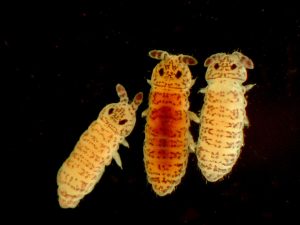
He also noted another important reason for recruiting scientists from universities and other government agencies: “I thought that they could be more successful in getting funding.”
Scientists from all over the world were invited to the two-day conference in Gatlinburg held December 18–19, 1997. Janzen was the event’s keynote speaker, and he and his team of biologists served as advisors to facilitate initial discussions on the project. Nearly all scientists invited—representing 11 different countries— enthusiastically joined the conference, the majority covering their travel costs out of pocket.
“They were anxious to see this start in the United States somewhere where they could get access to an area and see how much effort it would take to actually look for all the species in a geographically defined area,” Langdon recalled in an episode of Discover Life in America Podcast.
It was determined at this historic event that Great Smoky Mountains National Park would be an ideal location for the next pilot ATBI project, testing methods for future ABTIs in other locations. Because a project of this scale would be too much for the National Park Service or any other existing entity to manage, a nonprofit organization was developed to manage it and facilitate related goals.
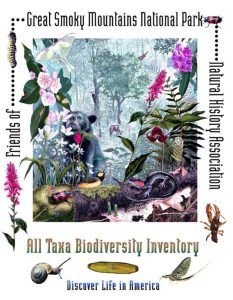
On Earth Day in 1998, NPS Deputy Director Denis Galvin officially sanctioned the Smokies ATBI effort and Discover Life in America (DLiA) was established as the park’s nonprofit science partner to manage the project. A science and education plan was developed as part of DLiA’s mission to share best practices for future ATBIs and promote biodiversity stewardship and education for all ages.
“For the ATBI to be successful, it is just as necessary to observe and cultivate these human interactions as it is to survey and document the other forms of life in the Smokies,” wrote DLiA’s former director Jeanie Hilten and colleagues in a 2006 paper about DLiA’s education program.
Since 1998, DLiA—with the help of scientists, volunteers, and students—has added over 12,000 species to park records, more than doubling the number known at the start of the project. An astounding 1,095 of those species were “new to science,” meaning that they had not been documented anywhere else in the world. Discovering new species in a national park is exciting work, particularly given the common misconception that the only places scientists are recording new species are in the remote jungles of the Amazon or in the darkest depths of the ocean.
“Our findings on the ATBI have inspired interest far beyond the Smokies,” said DLiA’s current executive director Todd Witcher. “We’ve provided methods and guidance to a wide variety of agencies and organizations wanting to conduct their own ATBIs, including Xishuangbanna Tropical Botanical Garden in China, Crane Hollow Nature Preserve in Ohio, and numerous state and federal public lands throughout the United States.”
While discovering new species in the park is thrilling, it’s just the beginning. There is still much to uncover about these new park records in Great Smoky Mountains National Park. Documenting them is the equivalent of meeting someone new and learning their name. It’s an important first step, but truly getting to know them requires us to be curious, ask questions, and observe their behavior.
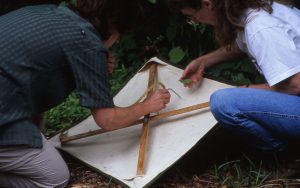
Now that the ATBI in the Smokies has nearly three decades of data behind it, the next step is to move beyond asking, “What is it?” and consider more complex questions. Is a particular species a parasite, a pollinator, or a seed disperser? Which ecosystems and species are most vulnerable to climate change? What is the current state of species that are rare, endemic, or poorly known? Which habitats are most critical for protecting these species?
The ATBI’s goal encompasses recording species and learning how to better protect them. Every species in the Smokies has a story to tell—we just need to listen.
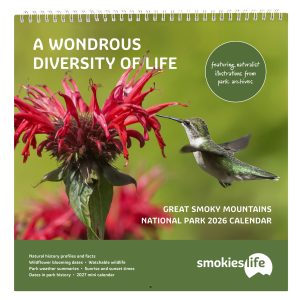


Subscribe to get the latest posts sent to your email.
The Great Smokies Welcome Center is located on U.S. 321 in Townsend, TN, 2 miles from the west entrance to Great Smoky Mountains National Park. Visitors can get information about things to see and do in and around the national park and shop from a wide selection of books, gifts, and other Smokies merchandise. Daily, weekly, and annual parking tags for the national park are also available.